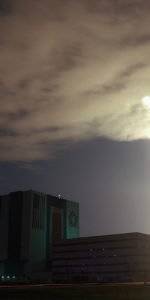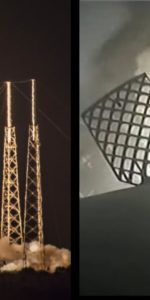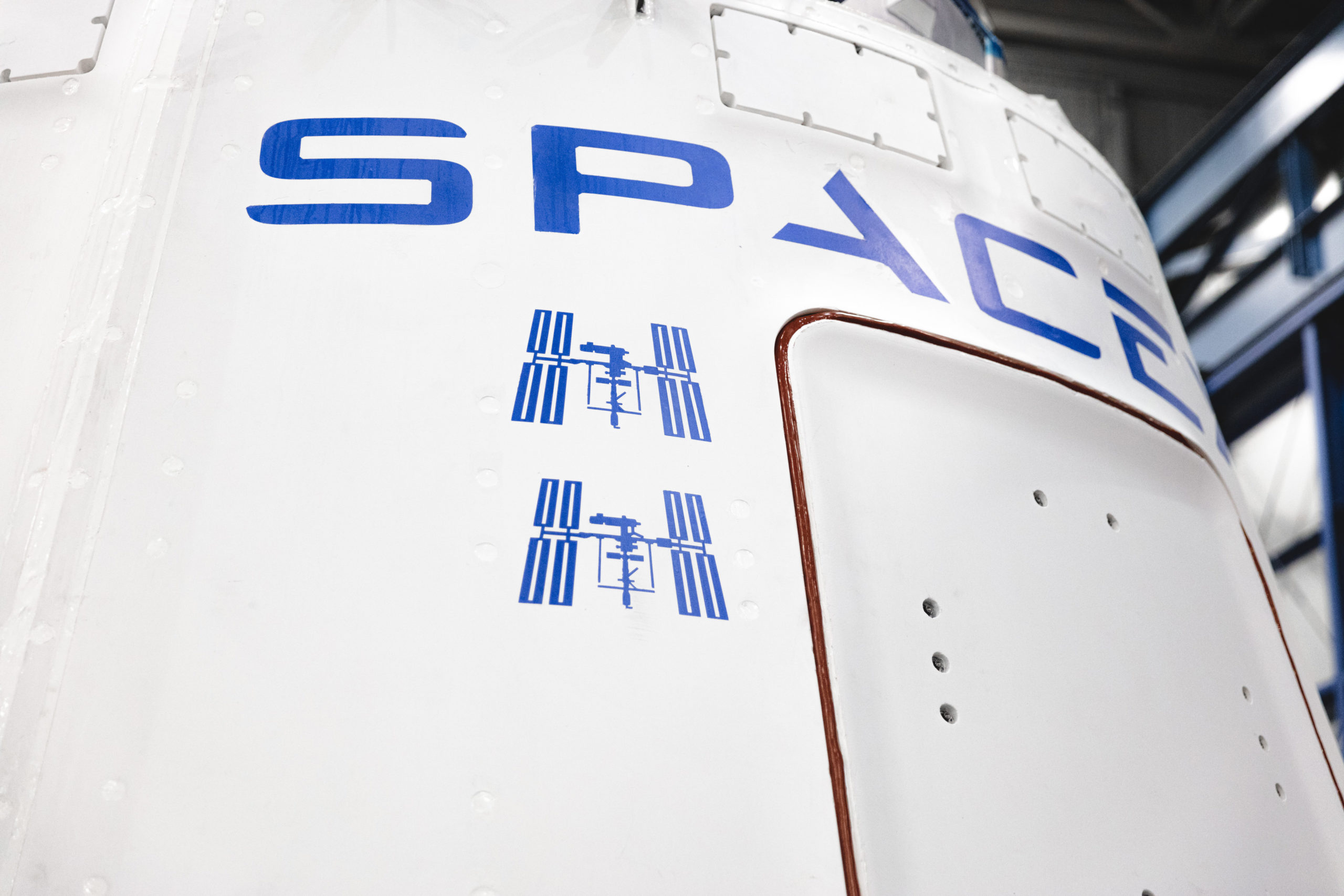
A few months shy of a full decade since the first Dragon pathfinder roared into orbit, SpaceX will draw down the curtain Friday on the highly successful first round of its Commercial Resupply Services (CRS) commitment to NASA. Liftoff of the CRS-20 cargo mission to the International Space Station (ISS) is due to occur at 11:50 p.m. EST from Space Launch Complex (SLC)-40 at Cape Canaveral Air Force Station, Fla., after which the reflown B1059 core of the Falcon 9 booster will aim to alight on the Autonomous Spaceport Drone Ship (ASDS), “Of Course I Still Love You”, to complete SpaceX’s 50th intact landing on either an oceanic platform or solid ground.
Laden with approximately 4,358 pounds (1,977 kg) of equipment, payloads and supplies for the station’s incumbent Expedition 62 crew—Russia’s Oleg Skripochka and U.S. astronauts Drew Morgan and Jessica Meir—the CRS-20 mission also marks the ninth occasion since June 2017 that an individual Dragon capsule has been reflown, but only the third time that it will have flown three discrete missions. The capsule assigned to CRS-20 previously saw service on CRS-10 in February 2017 and CRS-16 in December 2018. And flying only 15 months after its most recent foray to low-Earth orbit, the capsule should log a new record, eclipsing the 19 months set by another Dragon capsule which flew the CRS-13 and CRS-18 missions in December 2017 and July of last year.
As is customary before each flight, the Falcon 9 stack underwent a Static Fire Test of its nine Merlin 1D+ first-stage engines on 1 March, after which SpaceX confirmed its readiness to support the opening launch attempt on Friday evening. This will be the fifth Falcon 9 flight of 2020 and the second voyage by the B1059 core, which previously boosted the most recent Dragon cargo mission—last December’s CRS-19—to the space station.
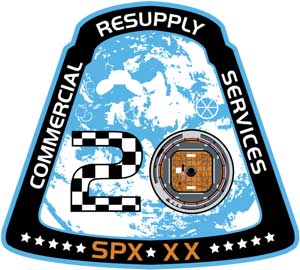
SpaceX’s partnership with NASA for Commercial Resupply Services was inked back in December 2008, when the organization received contracts worth $1.6 billion to stage 12 Dragon missions to the space station. A three-hour-long orbital test flight in December 2010 evaluated the spacecraft’s maneuvering and re-entry capabilities and saw Dragon complete a smooth, parachute-assisted splashdown in the Pacific Ocean, within 2,600 feet (800 meters) of its targeted location. In May 2012, an all-up demonstration mission became the first commercial vehicle to visit the ISS and the following October the “dedicated” CRS cargo flights got underway in earnest with the flight of CRS-1.
Over the next several years, SpaceX commenced regular flights, a rhythm which was abruptly shattered in June 2015 when CRS-7 was lost at high altitude in a catastrophic Falcon 9 failure during first-stage flight. Although the rocket was returned to service later that same year, and the next Dragon flew successfully early in 2016, the CRS-7 failure resulted in the loss of the first International Docking Adapter (IDA-1) for Commercial Crew operations. The IDA-2 backup adapter was launched in July 2016 on the CRS-9 mission to take the place of its fallen sibling and an IDA-3 was fabricated from spare parts and carried on CRS-18 last year to satisfy the requirement for two functional international docking adapters on station.

Additional “large” payloads flown in successive Dragon cargo trunks have included the Bigelow Expandable Activity Module (BEAM) and Japan’s Hyperspectral Imager Suite (HISUI), together with grapple bars to enable spacewalkers to repair and replace ISS external radiator elements and a new Latching End Effector (LEE) for Canadarm2. Live mice, a 3D printer and the ISSpresso coffee machine have also ridden aboard Dragons. By early 2016, several additional missions had been added to the original CRS1 contract, with the first round of flights slated to close out with CRS-20. In the meantime, in January of that year, SpaceX was selected as one of three CRS2 finalists to continue resupplying the station from 2019 through 2024. It will commence its CRS2 commitment later this year.
The cargo to be ferried aloft on Friday night totals some 4,358 pounds (1,977 kg) and can be broken down into a pressurized element of 3,326 pounds (1,509 kg) and an unpressurized payload of 1,032 pounds (468 kg). The primary unpressurized cargo—located inside Dragon’s trunk for ascent—is the European Space Agency’s (ESA) Bartolomeo external hosting facility, which will be mounted onto the exterior of the Columbus lab and can hold one “passive” and up to 12 “active” payloads. Built by Airbus Defence and Space, it was originally known as the Commercial External Payload Hosting Facility on ISS (CEPHFISS), but was subsequently named in honor of Christopher Columbus’ younger brother. Bartolomeo offers power management, payload commanding, data management, storage and downlink capability and flight environment determination functions for a range of experiments and facilities on the forward-facing side of the Columbus lab.
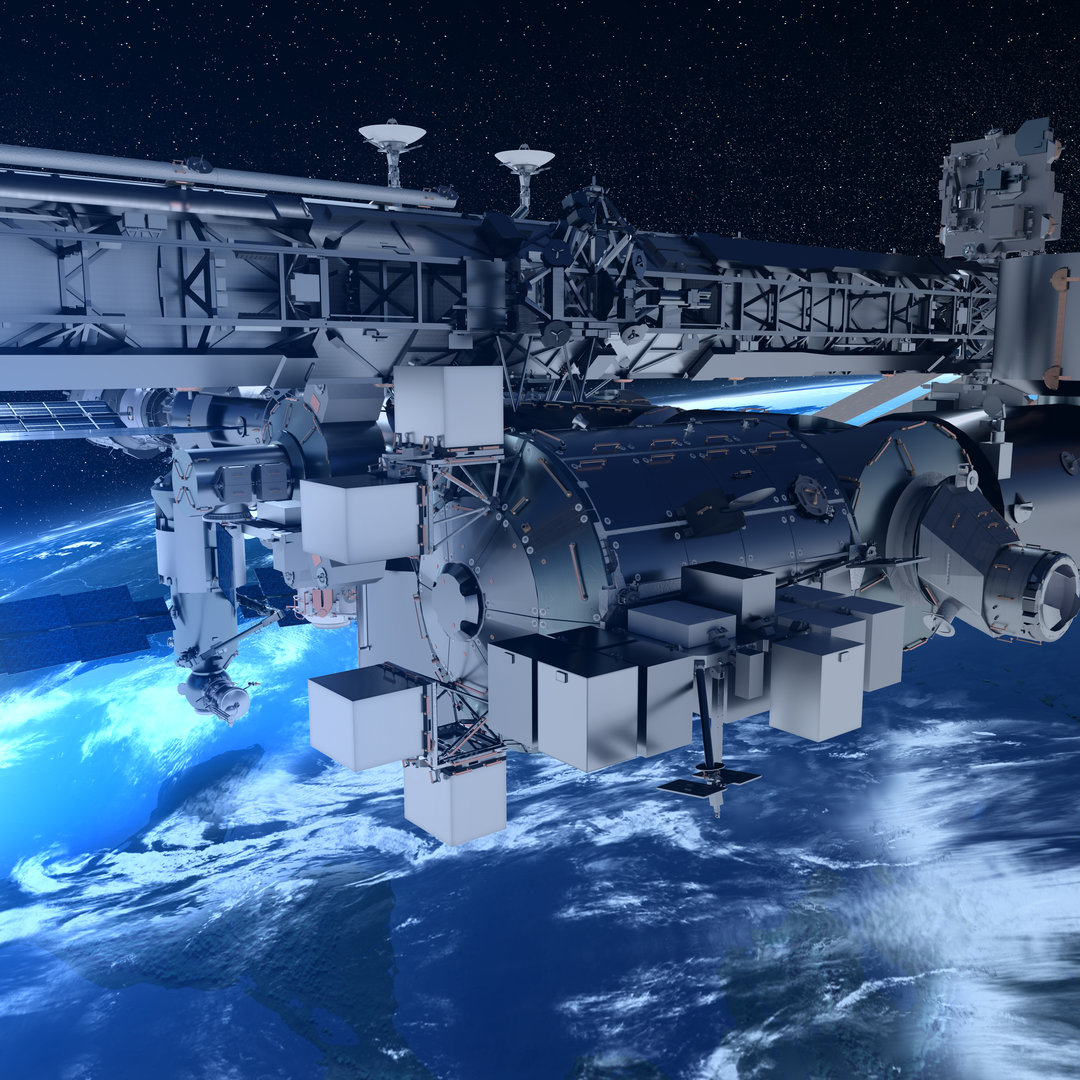
Contracts between ESA and Airbus to prepare for Barolomeo were signed in June 2016 at the ILA Airshow in Berlin, with initial hopes that it could be launched by 2018 to support commercial customers in areas ranging from Earth observations to technology demonstrations and materials science and development to astrophysics and heliophysics. Later that same year, an initial contract was signed with Australia’s Neumann Space to host its Facility for Australian Space Testing (FAST) payload for technology demonstrations from small and medium enterprises, as well as schools and universities.
Early in 2018, a partnership between Airbus, the German Aerospace Center (DLR) and Tesat-Spacecom announced plans to install the OSIRIS high-capacity, space-to-ground laser communications system onto Bartolomeo to afford unparalleled data downlink capabilities. And last October, the United Nations Office for Outer Space Affairs (UNOOSA) and Airbus issued an announcement of opportunity for future utilization of Bartolomeo. Opportunities include sharing payload locations with other customers or booking an entire “slot” for a weight of up to 990 pounds (450 kg).
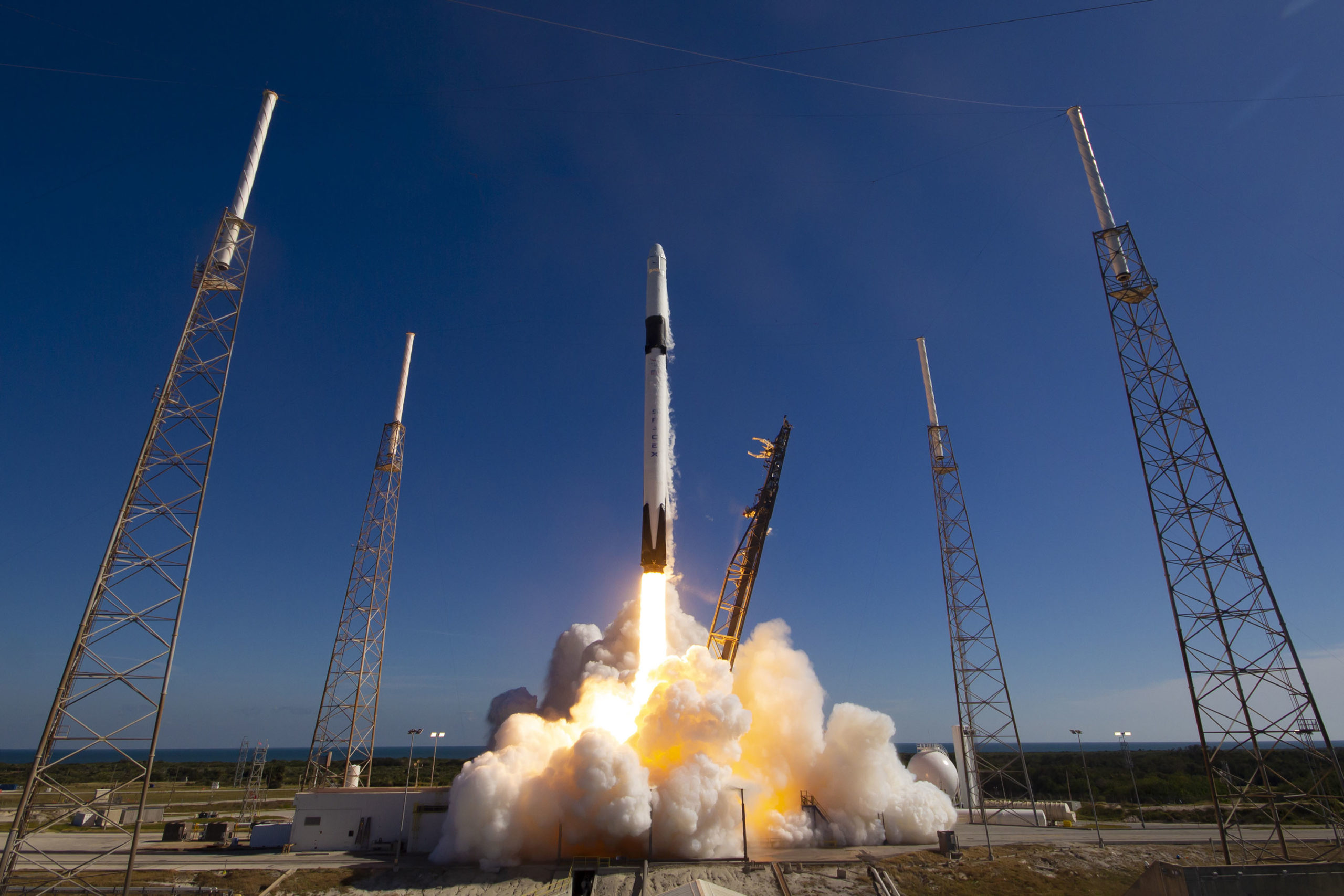
In November 2019, integration of Barolomeo at Airbus’ facility in Bremen, Germany, was nearing completion and in late January the entire payload was delivered to the Kennedy Space Center (KSC) in Florida for final processing. That same month, the University of Oslo’s multi-Needle Langmuir Probe (m-NLP) became the latest payload to secure a site on Bartolomeo. When operational, it will resolve plasma density variations in Earth’s ionosphere at spatial scales finer than 3.3 feet (1 meter).
The 1,032-pound (468 kg) Bartolomeo is due to be robotically extracted from Dragon’s trunk in the first few days after arrival at the space station, via the 57.7-foot-long (17.6-meter) Canadarm2 robotic arm, with the expectation of a U.S. Extravehicular Activity (EVA) in April to begin its installation onto Columbus. But with the ISS currently at a skeleton staff of three members, the EVA will likely occur during a short handover period when the incoming Soyuz MS-16 crew of U.S. astronaut Chris Cassidy and Russian cosmonauts Anatoli Ivanishin and Ivan Wanger arrive in the second week of April. “We don’t have a confirmed date for the EVA yet,” NASA’s Dan Huot told AmericaSpace, “but during the handover week is the target.” As for Bartolomeo itself, the facility will be extracted from the trunk and temporarily stowed on the ISS itself. It will not be positioned outside Columbus, Mr. Huot explained, until after CRS-20 departs the station in early April.
Although Bartolomeo is the most visible element of the CRS-20 payload, the pressurized capsule also holds 602 pounds (273 kg) of miscellaneous supplies for the crew, including 2,116 pounds (960 kg) of science investigations, 123 pounds (56 kg) of EVA gear, 483 pounds (219 kg) of vehicle hardware and 2 pounds (1 kg) of computer resources.
The BOOST Orbital Operations on Spheroid Tesselation experiment will investigate the potential applications of the microgravity environment in enhancing the manufacturing of foam pellets which are molded and fused into Adidas performance midsoles. “Microgravity enables a closer look at the factors behind pellet motion and location,” NASA noted in its description of the experiment, “which could enhance manufacturing processes as well as product performance and comfort.” Also aboard CRS-20 is Droplet Formation Studies in Microgravity, which seeks to evaluate droplet formation and water flow in Delta Faucet’s H20kinetic shower-head to address issues of effectiveness and water conservation. “Gravity’s full effects on formation of water droplet size are unknown,” NASA explained, “and research in microgravity could help improve the technology, creating better performance and improved user experience, while conserving water and energy.”
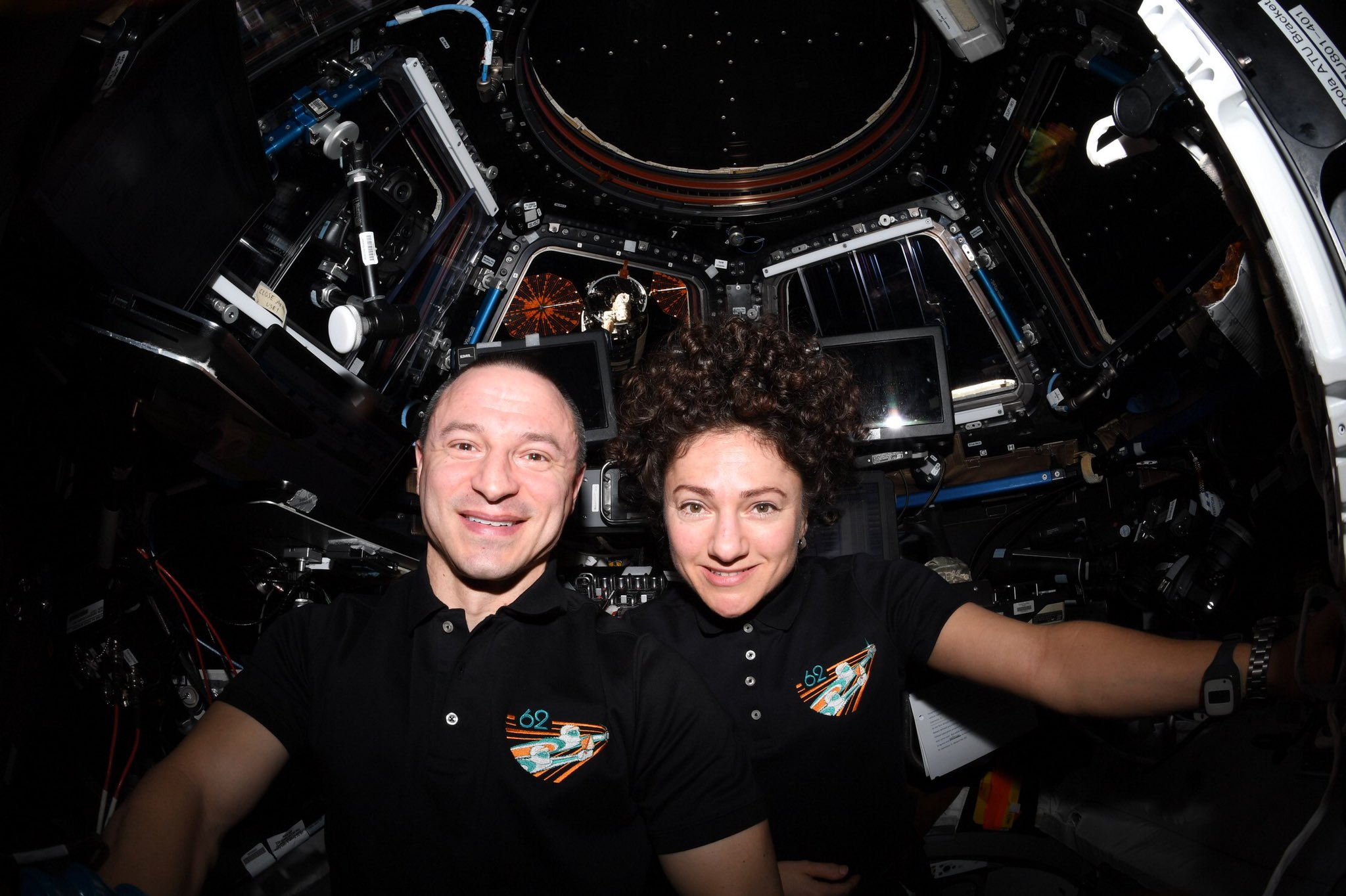
Elsewhere, Organ-Chips as a Platform for Studying Effects of Space on Human Enteric Physiology will test an automated platform and innovative Organ-Chip model of the human intestine in microgravity, as part of ongoing investigations into the effects of the strange environment upon human organs. Specifically, the human innervated Intestine-Chip (hilC) includes colonic epithelial cells, lamina propria-derived resident immune cells and sensory neurons and the experiment seeks to understand how microgravity impacts human physiology, the development of diseases and infections and the response to interventions, including pathogenic bacteria. Potential Earth-based benefits include a clearer understanding of the underlying mechanisms behind intestinal diseases.
Weather conditions for Friday evening’s opening launch attempt are predicted to be iffy, at only 50 percent favourable, but are expected to improve markedly in the event of a 24-hour delay to Saturday. “Skies will clear through the day Friday, and winds will become gusty out of the north as the high-pressure area moves east,” noted the 45th Weather Squadron at Patrick Air Force Base. “The primary weather concern for launch is Liftoff Winds.”
.
.
FOLLOW AmericaSpace on Facebook and Twitter!
.
.




